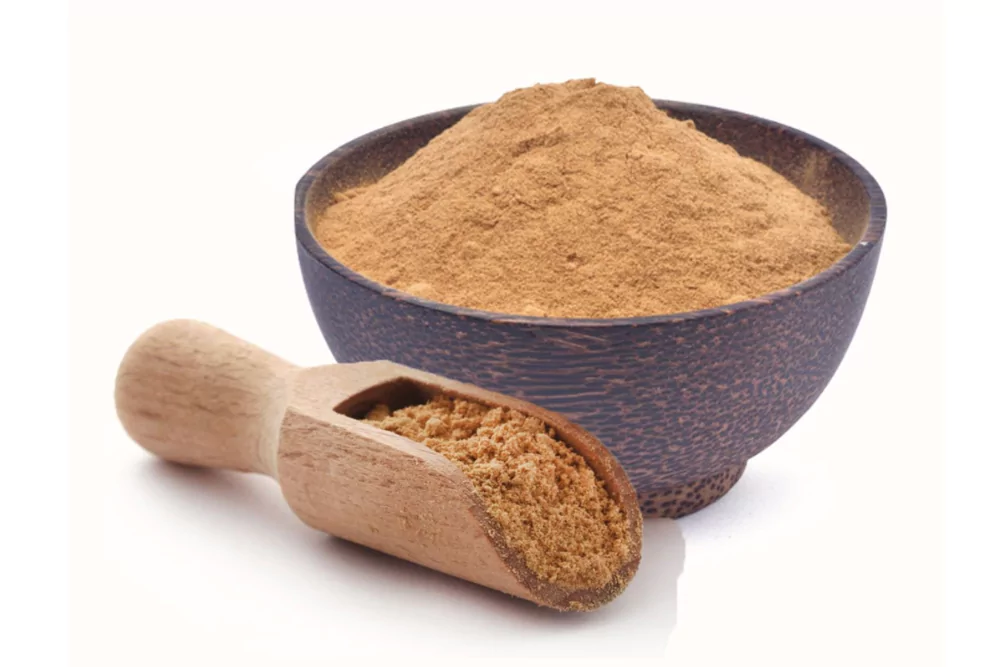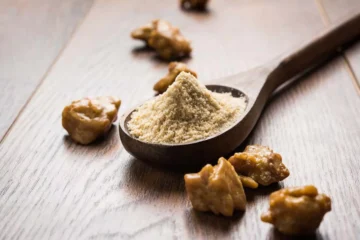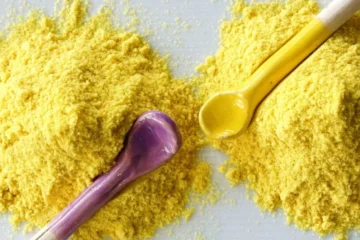Explore the fascinating journey of asafoetida, a spice with a distinctive aroma and rich cultural legacy.
The Origins of Asafoetida: Ancient Persia
Asafoetida, often called the “stinking gum” for its pungent aroma, traces its roots to ancient Persia, modern-day Iran. This resin-like spice, derived from the roots of Ferula plants, was highly prized in Persian kitchens for its bold flavor and health benefits.
In Persian cuisine, asafoetida enhanced rich stews and soups, adding depth and complexity. Its medicinal properties made it an essential remedy for digestive problems and respiratory conditions. Asafoetida also carried spiritual significance, believed to ward off negative energy and evil spirits, intertwining practicality with tradition.
Thanks to trade routes like the Silk Road, asafoetida traveled beyond Persia, influencing cuisines and cultures. It became more than a spice—it was a cultural emblem of ancient Persian ingenuity.
Asafoetida’s Arrival in Indian Kitchens
The journey of asafoetida to India is a tale of cultural exchange and adaptation. Introduced through ancient trade routes like the Silk Road, it quickly found a place in Indian kitchens, where cooks appreciated its versatility.
Indian cooks discovered asafoetida could replicate the flavors of garlic and onion, making it invaluable in vegetarian dishes. It became especially popular in Jain recipes, where garlic and onion are excluded due to religious beliefs. Asafoetida’s ability to enhance the flavor of tempering, known as “tadka,” solidified its role in Indian cuisine.
Ayurvedic practices further celebrated asafoetida for its health benefits, such as improving digestion and reducing inflammation. Its alignment with traditional Indian medicine contributed to its widespread adoption, making it a staple in dals, curries, pickles, and other dishes.
The Controversial Nickname: “Devil’s Dung”
While asafoetida was embraced in many cultures, its strong sulfurous odor earned it the unflattering nickname “Devil’s Dung” in medieval Europe. The term highlighted mixed perceptions of the spice, reflecting its pungency.
Despite its sharp aroma, asafoetida’s culinary and medicinal benefits outweighed its initial impression. Eastern cultures, particularly in India, valued its transformative flavor and healing properties. This balance between its smell and usefulness illustrates the spice’s ability to bridge cultural differences.
The Evolution of Asafoetida’s Role
Asafoetida’s journey from ancient Persia to modern kitchens is a testament to its adaptability. Initially valued for its medicinal uses, it transitioned into a beloved global culinary ingredient.
Ancient cultures used asafoetida to treat digestive issues and respiratory ailments. As cooking practices expanded, it became an essential flavor enhancer. Modern chefs have embraced asafoetida in vegetarian, vegan, and gluten-free recipes, celebrating its bold taste.
The spice’s growing popularity has also sparked renewed interest in its historical and cultural significance. Food enthusiasts worldwide appreciate its ability to connect culinary traditions and enrich global cuisine.
Historical Mentions of Asafoetida
Asafoetida’s enduring legacy is reflected in historical texts and by notable figures:
| Source | Significance |
|---|---|
| Ayurveda | Celebrates asafoetida’s digestive benefits and role in balancing bodily humors. |
| Hippocrates | Praised asafoetida for its therapeutic uses, documenting its medicinal properties. |
| European Historical Texts | Referenced asafoetida as a valuable import, highlighting its cross-cultural importance. |
These mentions demonstrate asafoetida’s significance across civilizations, showcasing its role in both medicine and cuisine.





